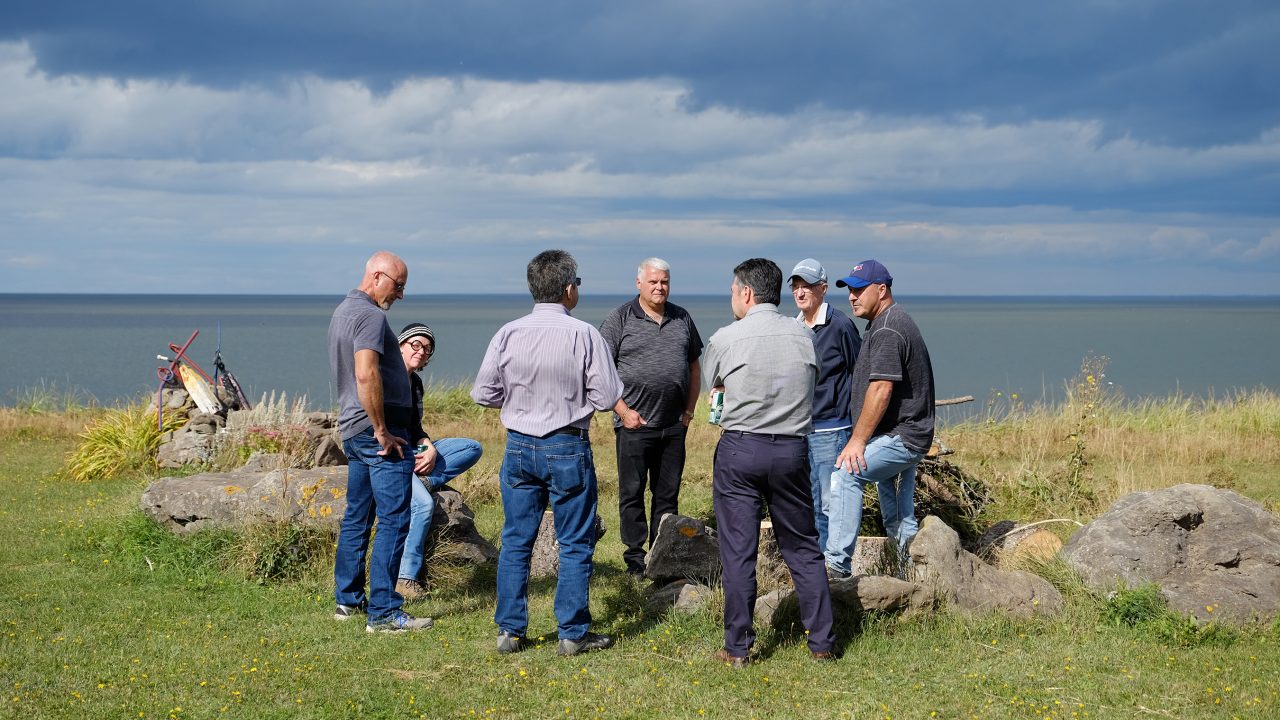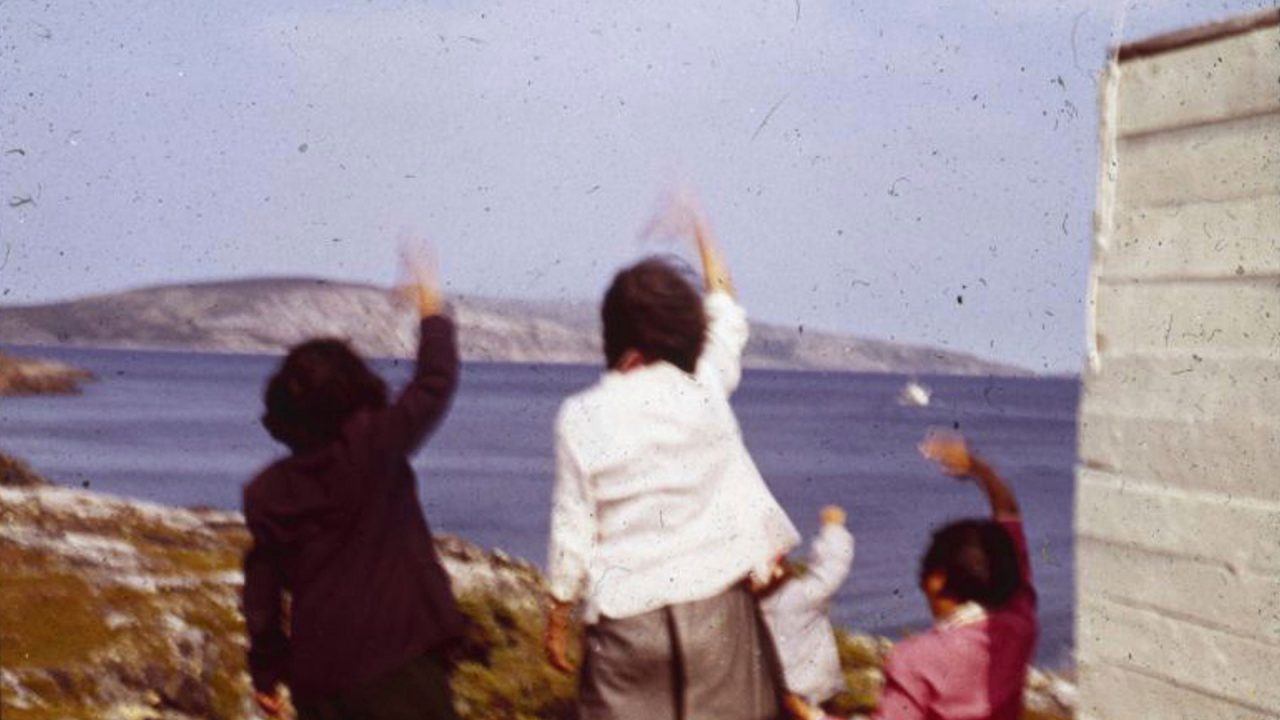
Mini-Lesson for The Silence: The Victims of Silence
Mini-Lesson for The Silence: The Victims of Silence
Mini-Lesson for The Silence: The Victims of Silence
School Subjects:
- Human Rights
- Identity
- Contemporary Issues
- Sexuality
Ages: 18+
The Silence, Renée Blanchar, provided by the National Film Board of Canada
Keywords/Topics: Victims, Consequences, Criminal Justice, Social Reaction
Overarching Question: To what extent are survivors of sexual violence not the only victims of the silence surrounding the abuse committed by someone in a position of religious or social authority?
Warning: Sensitive topics, sexual violence, victimization
Trigger Warning: It is normal for students to experience a range of emotions (anger, frustration, sadness, shame, etc.) as they watch the film. It may even stir up painful or traumatic memories related to their own lives. For these reasons, it’s vital that students be given the opportunity to discuss these matters with a trusted person or group. The following link contains a list of resources: canada.ca/en/public-health/services/health-promotion/stop-family-violence/services.html
Educational Synopsis: Renée Blanchar’s documentary The Silence reveals the extent to which the silence surrounding the sexual abuse perpetrated against children by Catholic priests in New Brunswick created lasting trauma, not just for the victims, but also for their families, friends and community. By keeping the victims from expressing their pain, the silence effectively deprived them of their right to be recognized as victims. Breaking the silence provoked strong social and legal responses, both positive and negative.
The film also shows how abuse and its repercussions can be transposed to other Canadian provinces and other institutional contexts, such as sports or academia. The Silence asks us to reflect on how we can help victims break the silence surrounding sexual abuse, show them that we believe them and, above all, hear them without judgement—something just as apt to come from loved ones as it is from society at large.
Key concepts to clarify before starting the activities:
Crime victim: Someone who has been injured and/or whose rights have been infringed upon as a result of a criminal offence. Crime frequently exerts a psychological, physical, social, emotional, financial and/or existential toll on the victim, their family and friends and/or the broader community. Victimhood is subjective; a person may not be aware that they have been victimized. Unknowing victims can include children, people with a mental health disorder, someone in an abusive relationship and people under someone’s influence, whether a religious or sectarian group or an individual in a position of power.
Survivor: A person who remains alive after an event in which others have died. The term “survivor” has more positive connotations than the term “victim,” since it suggests that the state of victimhood has not been permanent (Fattah, 2010). For recovery to begin, victimhood must first be acknowledged. In general, survivors are seen as proactive; by contrast, the victim label implies a certain passivity. Various risk factors can make someone the victim of a crime; so can simply being in the wrong place at the wrong time. None of this implies that victim status is absolute or indelible—that once a victim, always a victim. Still, if the state of victimhood isn’t necessarily a life sentence, surviving a crime doesn’t mean that there are no after effects.
Activity 1: When the victim is a child
The Silence – The Victims of Silence (Clip 1), , provided by the National Film Board of Canada
Ask students how watching these clips has made them feel. Can they describe their reactions? What are their thoughts? This activity is designed to have students express their personal response in writing (roughly half a page). Encourage them to express themselves freely. Students who are willing could share their thoughts with the class.
Summary: Children and teens are the primary victims of sexual abuse; they’re also liable to be victimized in other ways, like bullying, theft or assault. Moreover, the likelihood of being victimized tends to increase with age. Being targeted can have multiple repercussions. Children who are the victims of sexual abuse can be left with long-term psychological scarring and/or social difficulties, including anger, aggressiveness, developmental issues, behavioural issues, low self-esteem, mistrust, problems at school, suicidal thoughts or attempts, delinquent behaviour, or drug and alcohol abuse.
Activity 2: When the victim becomes an adult
The Silence – The Victims of Silence (Clip 2), , provided by the National Film Board of Canada
What if this were you? Have students reflect on the short-, medium- and long-term repercussions they might experience if they were the victim of sexual abuse at the hands of someone in a position of authority, be it a priest, coach, teacher or other leader. You can then have them list these repercussions (e.g., draw up a table).
Summary: The consequences of childhood sexual abuse can last well into adulthood, manifesting as a wide range of conditions (mental health disorders, PTSD, drug and alcohol abuse, chronic pain, etc.). Such conditions can affect the victim’s life path as well as their marital or parental relationships—for example, giving rise to attachment difficulties, fear of intimacy or the inability to trust. Being the victim of childhood sexual abuse increases the risk of serious mental health issues later in life. Indeed, the psychological scars left by abuse are the most difficult to heal. Victimization can also have profound social, physical and financial effects.
Activity 3: Repercussions on friends and family
The Silence – The Victims of Silence (Clip 3), , provided by the National Film Board of Canada
Ask students to describe what most affected them about this clip. Have them justify their answers.
Summary: Victimization has repercussions not just for the primary victim, but also for their family and friends (indirect victims). Those who are close to the victim may be vicariously traumatized. In some cases, they may fear for their own safety. They may also fear the victim will die, feel distraught at the difficulties the victim has had to surmount or be distressed by the ordeal they have endured. Furthermore, they may experience the social consequences of victimization, especially if the matter goes high profile. These social consequences, which can include exclusion, bullying, a weakened network and loss of income, can span multiple generations (e.g., possible parallel with Indigenous communities).
Take action
Have students create an infographic to raise awareness about the lasting effects of crime on individuals and their family and friends.
- Mini-lesson for The Silence: Healing the Community
- Mini-Lesson for The Silence: Abusers in Organizational Settings
National services and resources
Madeline Lamboley is an Assistant Professor of Criminology at the Université de Moncton’s Department of Criminology and Sociology. Central to her research are women in vulnerable situations, particularly immigrant women and those who struggle with multiple issues, as well as their support needs, with a particular focus on the francophone-minority context. Her recent work focuses on the role of social media in the lives of women victims of intimate-partner violence who attempt to exit their situation. Her teaching includes courses on victimology and support for crime victims.
Marie-Andrée Pelland is an Associate Professor of Criminology at the Université de Moncton’s Department of Criminology and Sociology. Her interests centre on the individual and group trajectories of sectarian relations, victimization and criminality. She is also interested in the social recognition and identity affirmation of marginalized individuals. Her recent research focuses on change trajectories among prolific offenders and the trajectories of sexual victimization among university students.
Pour lire cet article en français, cliquez ici.
Discover more Mini-Lessons | Watch educational films on NFB Education | Watch educational playlists on NFB Education | Follow NFB Education on Facebook | Follow NFB Education on Pinterest | Subscribe to the NFB Education Newsletter



